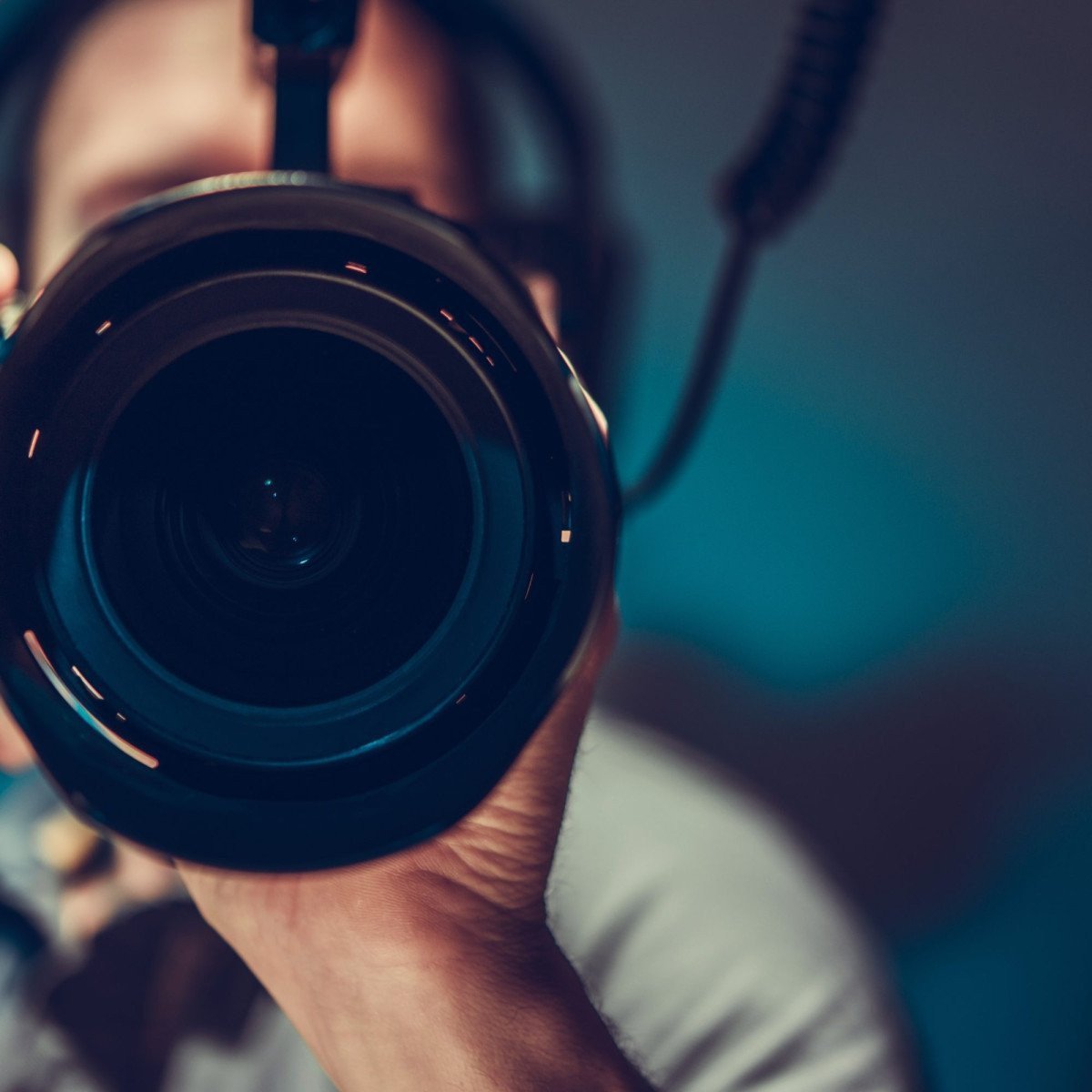Have you ever witnessed a moment of childlike bliss so pure, so genuine, that you wished you could just freeze time? That’s what attracted me to child photography. But little did I realize that this world of innocence also floats on a sea of complex dilemmas, like a delicate soap bubble balancing on a tightrope.
You see, photography is an intricate dance, aligning creativity with a nebulous set of ‘rights’ and ‘wrongs’. Beyond the flash of the camera and the smiles on their cherubic faces, lies a fierce debate over the ethics of child photography. How far can we venture in capturing their innocence without infringing upon their privacy and dignity? Are we, as photographers, infringing upon their space under the disguise of preserving cherished memories?
Well, it’s easier to walk on thin ice than to answer these questions. But just like in historical photography ethics, the key lies in striking a balance between capturing the world through our lenses while respecting the personal boundaries etched in air.
Navigating the Ethical Minefield
A photographer’s journey into the realm of child photography is like treading into a field dotted with tiny landmines. One wrong step, and the fallout can leave lasting imprints. Consent, privacy, respect—navigating this ethical minefield takes finesse and a clear understanding of the underlying principles.
Fundamental to this is ‘informed consent’. Just as we would with adults, it’s imperative to take a child’s right to consent seriously. Typically, consent is procured from the parents or guardians, but as a best practice, the child, if old enough, should be told about what the photograph might be used for, in a language they understand.
And consent doesn’t just stop at a signed form—it’s a continuous process. We must ensure that the child feels comfortable throughout the photoshoot, allowing them to express any discomfort or unwillingness. This respect for personal boundaries is a non-negotiable pillar of ethical conduct in child photography.
Blurring Boundaries between Innocence and Exploitation
From Annie Leibovitz’s controversial Vanity Fair cover of a teenage Miley Cyrus to Sally Mann’s intimate portrayal of her children, many renowned photographers have faced criticism for crossing the ‘invisibility line’ in child photography. It’s easy to argue that art should have no boundaries, but when it involves children, does this maxim stand its ground?
The answer lies in viewing child photography not just as the pursuit of aesthetic brilliance, but also as a responsibility. The lens has the power to immortalize moments, but let us not forget that we are dealing with children, whose dignity and rights must always remain inviolate. When in doubt, remember—creativity should never be synonymous with violation.
Treading the tightrope of ethics in child photography isn’t easy, but it’s also what elevates our artistic pursuit from a mere hobby to a mindful act of respect and responsibility. So, aren’t these considerations—and the conversations they spark—worth the extra effort?


0 Comment